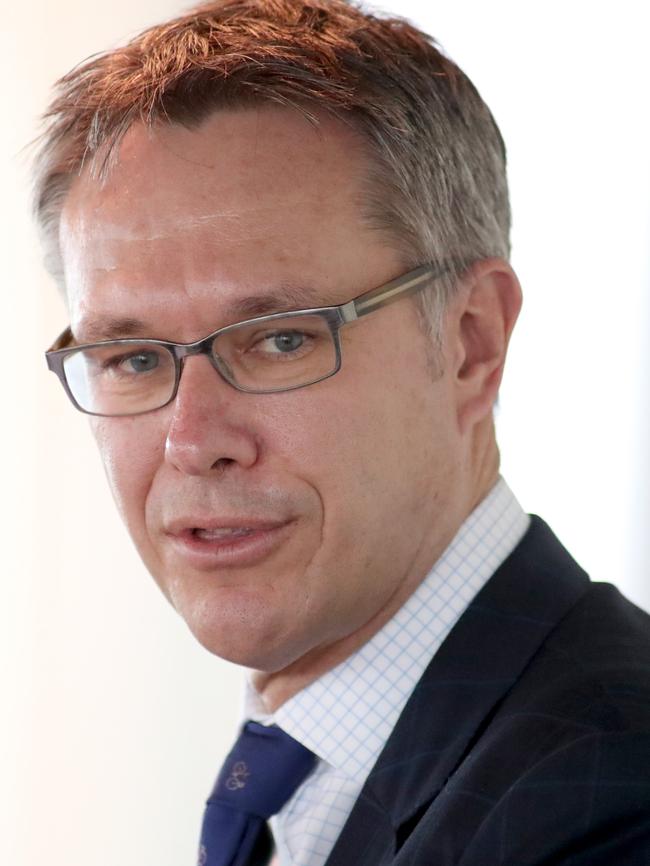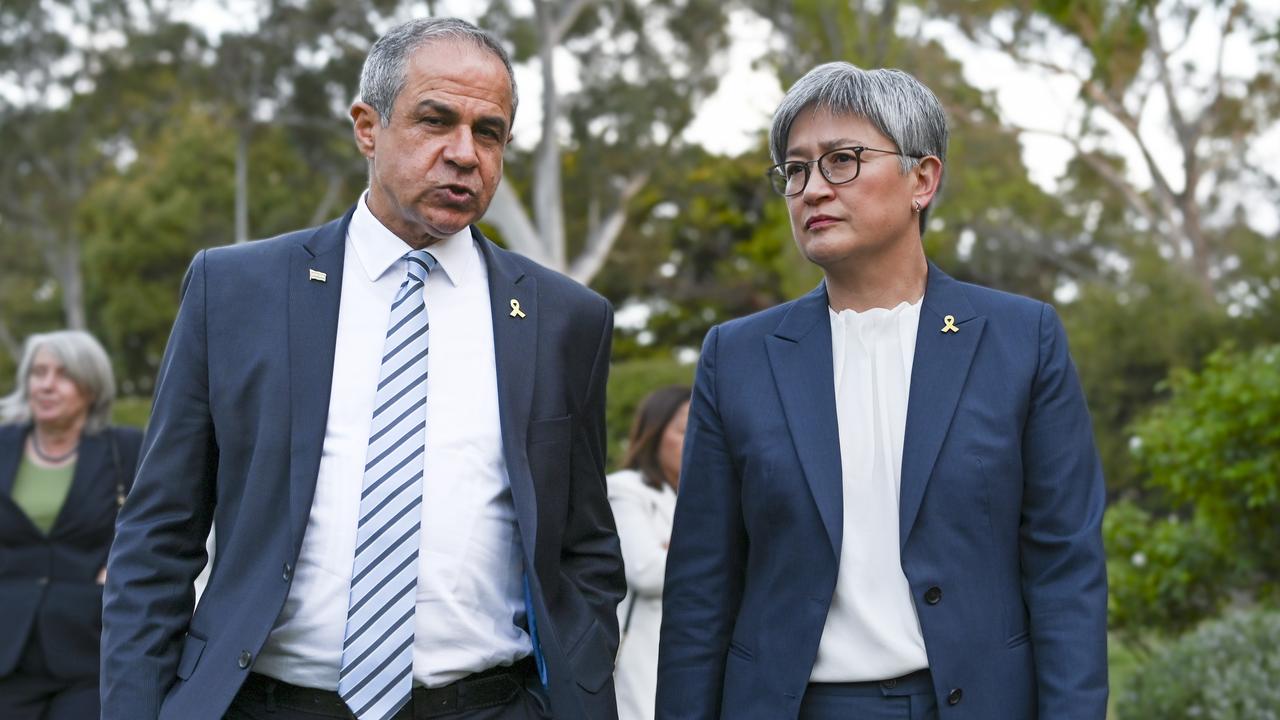Lower wage rises ‘the new normal’: Guy Debelle
Workers should expect annual increases of 2 to 3 per cent, the Reserve Bank has warned.

Lower wage rises “have become the new normal” and workers should expect annual increases of 2 to 3 per cent, the Reserve Bank has warned, triggering calls from business for an urgent lift in productivity.
Addressing the ACOSS national conference in Canberra, RBA deputy governor Guy Debelle said the more wages growth was “entrenched in the 2s”, the more likely a sustained period of labour market tightness was required to boost people’s pay.
He also said the Rudd government’s lifting of the pension age from 65 to 67 had seen Australians working longer, with workforce participation boosted by 0.1 per cent.
READ MORE: Sloan: There’s no point in homing in on Age Pension asset test | Retirees ‘upsize’ the family home to get the Age Pension | Flaws in $1m-plus home owner-pension argument | It’s about time we lived in the age of pension reason
The RBA has estimated the unemployment rate will need to reach 4.5 per cent before wage pressures emerge on a sustainable basis — a precondition of higher inflation.
“We expect wages growth to remain largely unchanged at its current level over the next couple of years,” Dr Debelle said.
“The proportion of firms expecting stable wages growth in the year ahead is around 80 per cent and only around 10 per cent anticipate stronger wages growth. Of those firms expecting stable wages growth, the share reporting wage growth outcomes of 2–3 per cent has steadily risen over time. This supports the case that lower wage rises have become the new normal.”
Labor and the union movement seized on the comments, with opposition Treasury spokesman Jim Chalmers declaring weak wages growth was the inevitable consequence of a third-term government “without a plan for the economy”.
ACTU president Michele O’Neil added: “This isn’t normal or acceptable. The Morrison government has a business model of keeping wages low and it is eroding the long-term savings of Australian families and forcing Australian workers into poverty.”
Josh Frydenberg defended the government’s record, saying the latest figures from the Australian Bureau of Statistics showed wage growth continued to outstrip inflation, with real wages growing at 0.6 per cent in line with its historical average.
“The deputy governor also notes that ‘wages growth for the least-skilled jobs has outpaced all other skill groups since around 2013’,” the Treasurer said. “Since the Coalition came to office, the real minimum wage has increased in every year. When Labor were last in office, those on the minimum wage were hit by real wage cuts in three out of six years.
“As the Deputy Governor Debelle points out, ‘over much of the past three years, employment has grown at a healthy annual pace of 2.5 per cent’ and ‘the share of the Australian population employed is around its all-time high, which is a good outcome’.”
Ai Group chief executive Innes Willox, who represents 60,000 businesses, said compared with a “previous normal” of nominal wages growth closer to 4 per cent it appeared Australia had to adjust to a lower level.
“The challenge for all of us is to turn this around so that the pace of real wage increases can again increase. Most fundamentally this will require a lift in productivity,” Mr Willox said.
“The sooner we begin to clock up an increase in the pace of productivity growth the sooner we can create a still newer normal where wages growth at higher rates than is currently the case.”
‘Lifting age pension affects retirement decisions’
In his speech on the outlook for incomes and employment, Dr Debelle said there was tentative evidence that the 2017 changes to the pension age “had an impact on workers’ retirement decisions”.
“The participation rate of those born in 1952 and 1953 (who were affected by the changes in 2017) does not decline as quickly when they turned 65, compared to the earlier cohort groups that were not affected by the pension age increase,” he said.

“In aggregate, this analysis suggests that the pension changes boosted the participation rate by around 0.1 percentage point.”
Dr Debelle said the two major shifts in workforce participation had been from women aged 25-54 and older workers.
He also said the assumption jobs that have been created in recent years are lower-skilled or lower-paid is wrong, and private sector jobs have “far outnumbered the number of jobs created in the public sector”.
“Some have assumed that the jobs that have been created in recent years are lower-skilled or lower-paid jobs. However, when we break down the occupation-level data by skill type or pay level, this is not the case,” Dr Debelle said.
“The strongest growth in employment over the past decade has been in highest-skilled (as defined by the ABS) jobs. There has also been solid growth over the same period in lower-skilled jobs.
“Another often stated view is that much of the job creation in recent years has been in the public sector, rather than the private sector. According to the labour account data, the number of jobs created in the private sector has far outnumbered the number of jobs created in the public sector.
“Private sector job creation has been particularly strong in health care and education (which is partly, but a long way from entirely, due to government spending in these areas), but also in business services and industries like construction and hospitality.”
Dr Debelle’s comments on wages highlight the difficulty the RBA has trying to achieve its inflation mandate, despite an historically low cash rate of 0.75 per cent and with futures markets pricing in a 50 per cent chance of a further move lower by February, on Bloomberg numbers. By May that probability increases to 100 per cent.
With little hope of wages growth, the RBA, like its counterpart in New Zealand, is actively considering unconventional monetary policies such as buying government bonds in an effort to further lower the cost of borrowing in the hopes of stimulating economic activity.


